QOTD: Manufacturer Cooperation - Cash Saver, or Corrosive Cancer?

Cooperation and borrowing between auto manufacturers is nothing new, and it isn’t always a bad thing. For example, look what happened in the 1980s when Lincoln borrowed a BMW inline-six turbodiesel for its Continental Mark VII luxury coupe. Oh, maybe that’s not the best example. But two events this week have led to a couple of new examples for us to ponder.
How do you think these cooperative automotive projects will fare?
Times are tough and profits are thin. Manufacturing cars is difficult and expensive with regard to safety, environmental, and government considerations. Factories are closing, models are being discontinued. As a result of these and other factors, OEMs are partnering up with one another.
Case 1: Toyota unveiled its new 2020 Supra at NAIAS, after what seemed like four years of teaser photos and intense speculation. Absent from the press release information — a mention of how the Supra was developed in conjunction with BMW, and will be built at a BMW factory alongside the Z4 pictured above (available in 2019). Supra comes standard with a BMW inline-six engine, and the hard points of the car are much more Z4 in their nature than Supra. It’s what everyone wanted!
Case 2: Ford and Volkswagen announced their new plan for cooperation on Tuesday. After much negotiation, the two companies have agreed to build a pickup truck together. Volkswagen is interested in Ford’s truck skills, and Ford is interested in VW’s electrification and autonomous knowledge. If all goes well, the companies will perhaps build a next-generation Ranger-Amarok. Perhaps they’ll call it Ranrok.
In both of these cases, the idea behind the jointly developed vehicles is to make the most of the core competencies of their respectively joined partners while simultaneously saving both companies money. Therein lies today’s question: Will those claims end up being true?
Is the Supra as good as it could’ve been if Toyota was on its own, free to use its own clean-sheet design, and its own engine? Will a Ranger with a VW-sourced interior impress, while creating better economies of scale? Or are these sorts of co-op projects just destined to create milquetoast results; compromises which truly please very few people? Off to you.
[Images: Toyota, BMW, Ford]

Interested in lots of cars and their various historical contexts. Started writing articles for TTAC in late 2016, when my first posts were QOTDs. From there I started a few new series like Rare Rides, Buy/Drive/Burn, Abandoned History, and most recently Rare Rides Icons. Operating from a home base in Cincinnati, Ohio, a relative auto journalist dead zone. Many of my articles are prompted by something I'll see on social media that sparks my interest and causes me to research. Finding articles and information from the early days of the internet and beyond that covers the little details lost to time: trim packages, color and wheel choices, interior fabrics. Beyond those, I'm fascinated by automotive industry experiments, both failures and successes. Lately I've taken an interest in AI, and generating "what if" type images for car models long dead. Reincarnating a modern Toyota Paseo, Lincoln Mark IX, or Isuzu Trooper through a text prompt is fun. Fun to post them on Twitter too, and watch people overreact. To that end, the social media I use most is Twitter, @CoreyLewis86. I also contribute pieces for Forbes Wheels and Forbes Home.
More by Corey Lewis
Latest Car Reviews
Read moreLatest Product Reviews
Read moreRecent Comments
- ToolGuy If these guys opened a hotel outside Cincinnati I would go there to sleep, and to dream.
- ToolGuy Michelin's price increases mean that my relationship with them as a customer is not sustainable. 🙁
- Kwik_Shift_Pro4X I wonder if Fiat would pull off old world Italian charm full of well intentioned stereotypes.
- Chelsea I actually used to work for this guy
- SaulTigh Saw my first Cybertruck last weekend. Looked like a kit car...not an even panel to be seen.




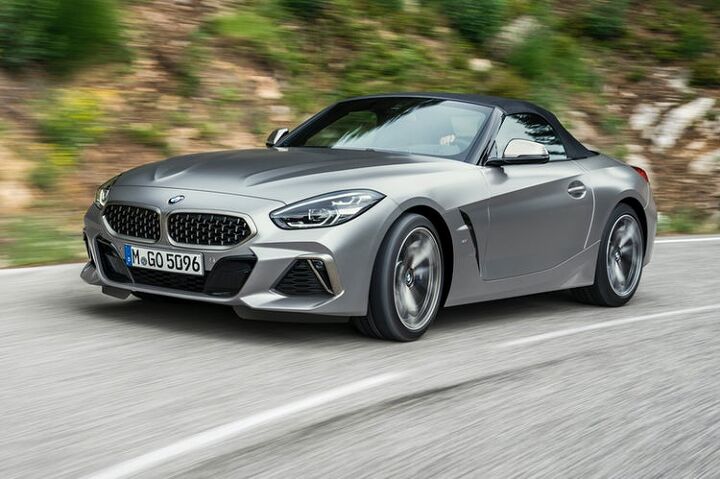
















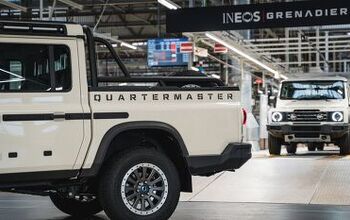

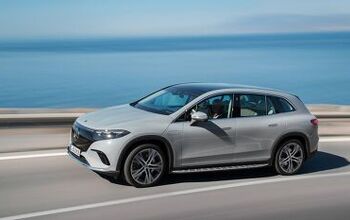
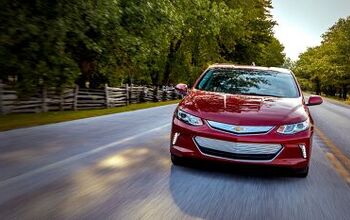
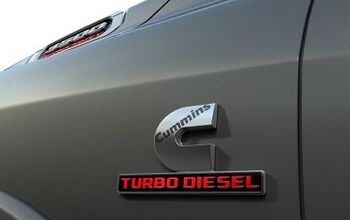
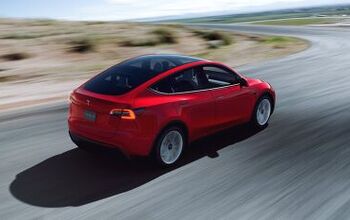
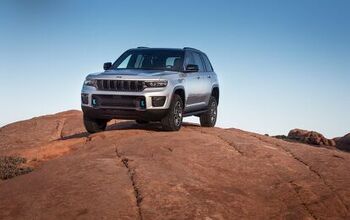
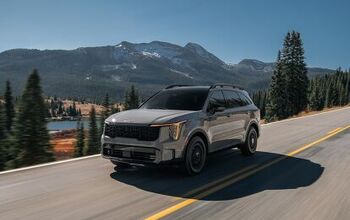
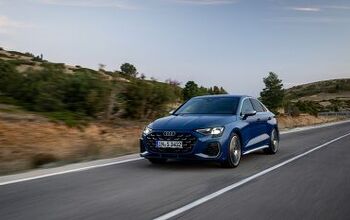

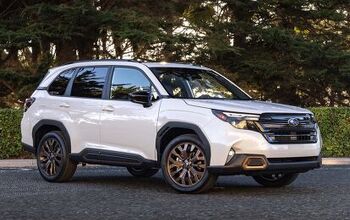
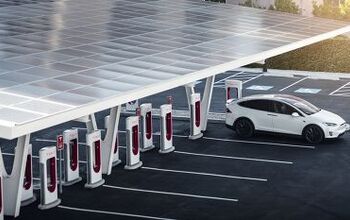
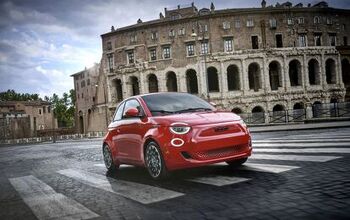
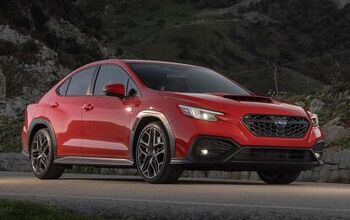
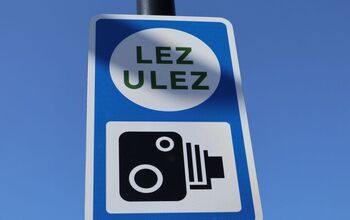
Comments
Join the conversation
Cooperation is one thing, but a car as iconic as the Supra needs to maintain it's identity. Honestly, I think if it had a boosted Toyota motor under the hood there would be far less complaining. Even if it was a Turbos V6 vs the inline 6 (The Nissan Z managed this change) I think folks would be a lot less cynical. Now if Ford slaps Taurus badges on a Passat...who cares, it is an appliance car, but slap Mustang badges on an Audi and folks will loose it. Cars marketed to car people, like the Supra have a different standard.
Modular inline engines is the next internal combustion shift - Mercedes is doing it already, switching from V-configurations to inline 4’s and 6’s that share the same block casts plus/minus two pots. It’s cost effective and has the premium refinement of an inline on the 6 cyl applications. Why Toyota didn’t get ahead of the curve and just suck it up and develop a next gen in-line 6 that’s modular with their next gen 4’s is a mystery. It could have been used in everything from their Camry (i know Camry is transverse and can’t fit an inline, but a high-po turbo 4 is fine for their top trim camry, just drop the 6 completely there) to the Tacoma... boost it enough and put it in the Land Cruiser FFS. If a turbo 6 is good enough for a Raptor AND a Ford GT, it’s good enough for Toyota’s car/truck lineup.